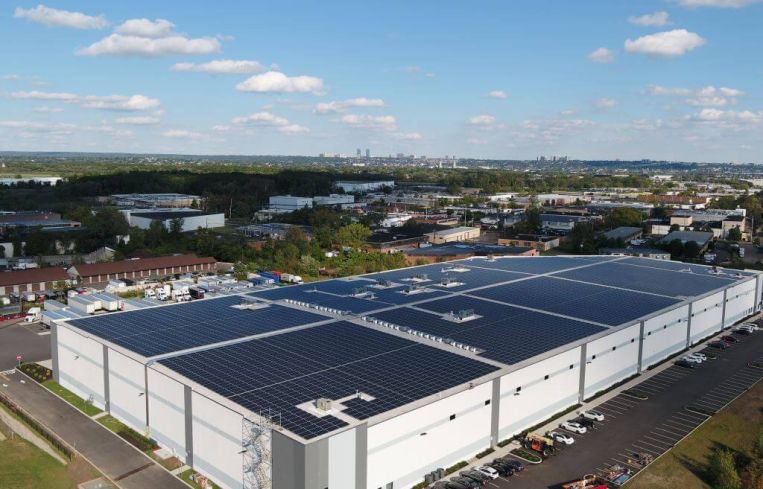Revenue, Rooftops and Resilience: How to Meet the Energy Moment
By Mark Schottinger April 15, 2025 10:32 am
reprints
By hosting solar installations on commercial rooftops — underutilized space on virtually all buildings — real estate owners are turning their properties into revenue-generating assets without upfront capital investment.
The movement toward rooftop leases starts with the nation’s pressing need for more electricity. New analysis from the Brattle Group published in February shows that annual peak electricity demand in the U.S. is expected to increase 30 percent over the next decade, largely due to increased electricity use from data centers and artificial intelligence. In fact, the Department of Energy predicts that “data center load growth has tripled over the past decade and is projected to double or triple by 2028.”
These enormous new energy demands have real impacts for businesses and households across the country in the form of surging electricity costs. This problem can be mitigated by urgently adding new generating assets to the grid as soon as possible — and commercial rooftop solar is the fastest near-term, scalable option.
This creates business opportunities for commercial building owners.
For instance, renting rooftop space for solar installations is a straightforward way to increase net operating income (NOI). Solar developers offer long-term roof lease agreements providing a steady revenue stream that can offset operating costs. Moreover, solar leases require no capital expenditure from property owners, offering a low-risk way to generate additional income while preserving capital for core business priorities.

And large solar developers are creditworthy counterparties, ensuring stable, long-term revenue and de-risking lease arrangements for chief financial officers.
Beyond immediate income gains, solar leases can enhance a property’s resale value. Institutional investors and real estate investment trusts increasingly prioritize resilience metrics and income-generating, long-term leases that don’t depend on a traditional, under-roof tenant. A rooftop solar lease is more than a quick income booster — it’s a long-term strategy that strengthens a building’s financial profile.
Importantly, renting rooftops is simple and doesn’t disrupt day-to-day operations for tenants or owners. These arrangements — called “front-of-the-meter” in the energy sector — don’t connect to buildings’ existing electrical systems. Instead, they connect directly to the electric grid, and can be quickly installed on all large, flat rooftops.
Solar Landscape’s exclusive solar rights on over 150 million square feet of commercial and industrial rooftops throughout the United States illustrates the simplicity, scalability and value of this model.
The state of solar is strong and economically sustainable. Policies vary from state to state, but the efficiency of solar has proven to be beneficial to property owners and the public.
Most importantly, commercial rooftop solar can be done today. An “all of the above” approach to meeting energy needs is critical to the nation’s long-term energy stability. But other forms of scalable generation take many years longer to energize, and the grid needs new generating assets immediately.
Commercial rooftop solar installations can be energized in as little as 12 months from the time of leasing a roof. These projects face no NIMBY opposition, avoid environmental and permitting issues that ground-located generators face, and can interconnect to the grid faster than any other form of scalable generation. And, because commercial rooftop solar projects are located close to where electricity is consumed, they avoid expensive and time-consuming upgrades to the grid that are needed for generating assets sited far from electricity consumption.
By leasing rooftops for solar, commercial real estate owners can secure new revenue, increase property values, and future-proof their assets, all while helping our nation meet its urgent need for new energy generation.
Mark Schottinger is president and chief legal officer at Solar Landscape, a commercial rooftop solar company.



